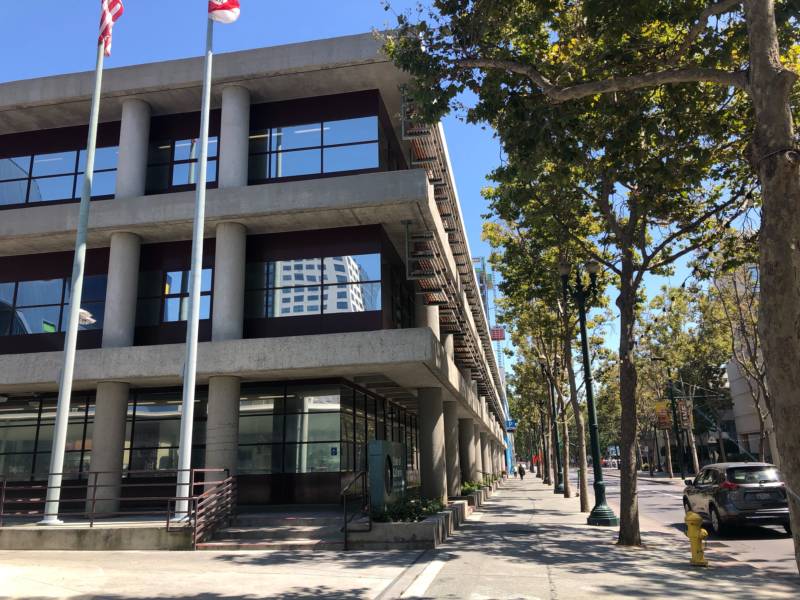A 2018 survey found that roughly 13 percent of San Jose State students experienced homelessness in the past year.
"Our students cannot go through their four years plus without the basic needs. And that's, you know, food and housing," Bernabe said.
Some homeless students spend the night in San Jose State’s 24-hour library. Juan Marrufo, who just graduated from San Jose State, used to sleep there sometimes between shifts at his part-time job and classes. He says you don’t get good sleep there.
"I would have my backpack around my arms because I was afraid that somebody might steal my backpack or my information," Marrufo said.
The Alliance is asking that 20 percent of Faas' planned units be affordable for very low-income and extremely low-income students. But even if he agrees, it would be several years before anyone gets a door key.
Assemblyman Ash Kalra helped put a $250,000 allocation to San Jose State into the California general budget to help the university create a development plan. It would need to be approved by the state.
"I think it's a win for the state, a win for San Jose State University and certainly a win for the city of San Jose, ultimately benefiting students in need," Kalra said.
What Happens Next?
San Jose State will deliver its plans for the project to the state. California's Department of General Services will evaluate SJSU's plans, and make a decision on the Alquist building's fate.
"[The] decision would be guided by what is in the state's best interest," said Jennifer Lida, a Dept. of General Services spokesperson in an email to KQED.
"But it's a balance of any number of factors, including: our authority; state needs, such as housing; our fiduciary responsibility; the tenant department's needs; the constituents of the tenant departments and other state agency needs."
